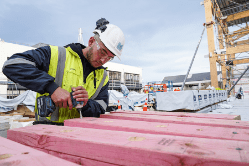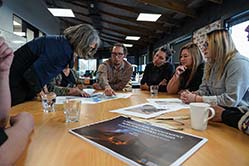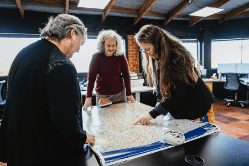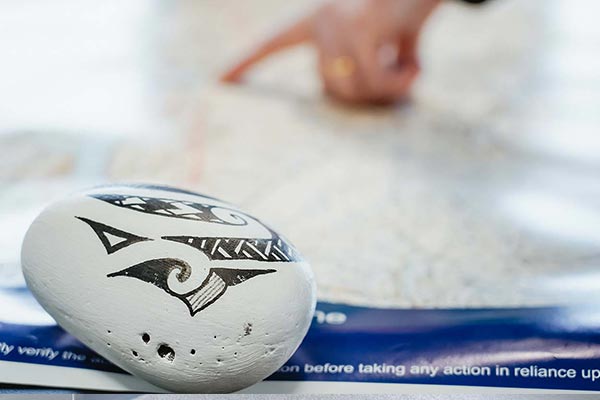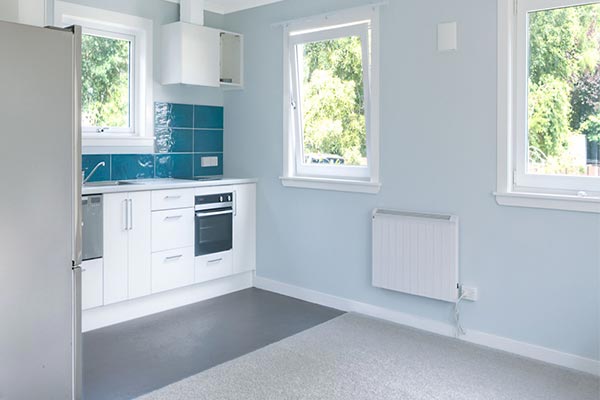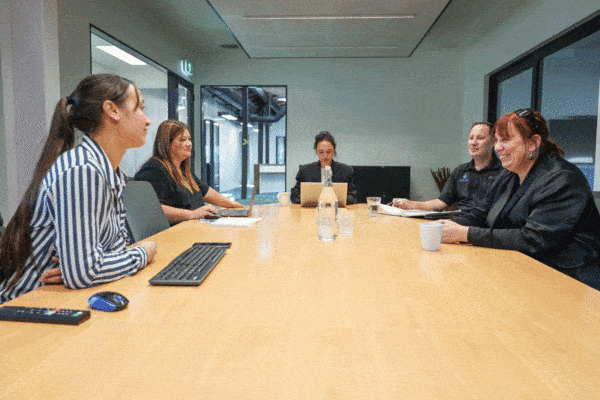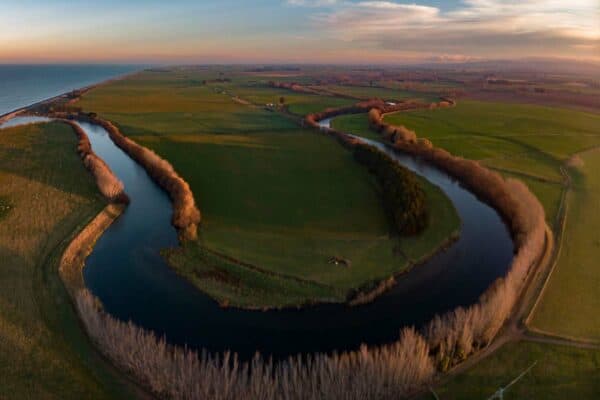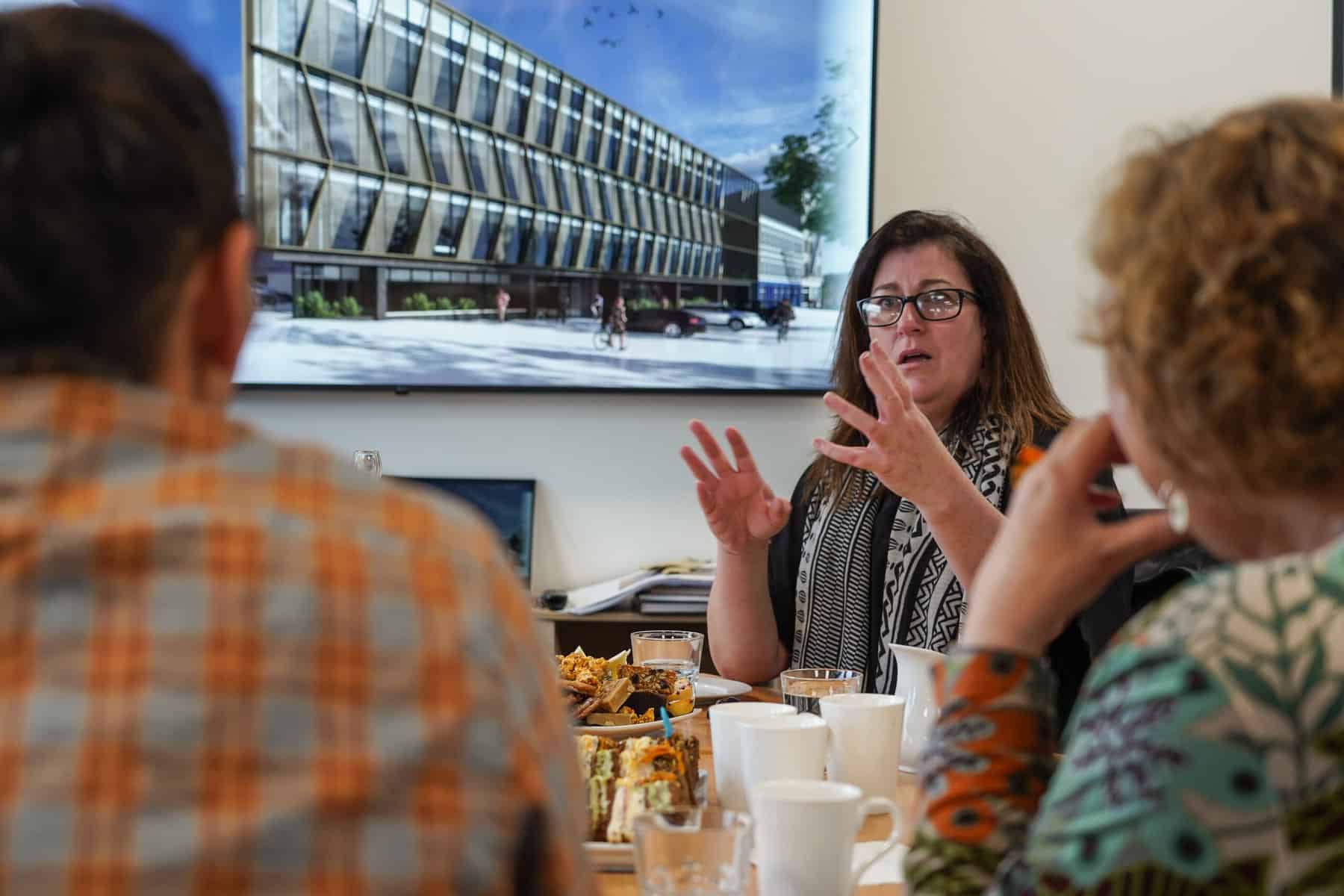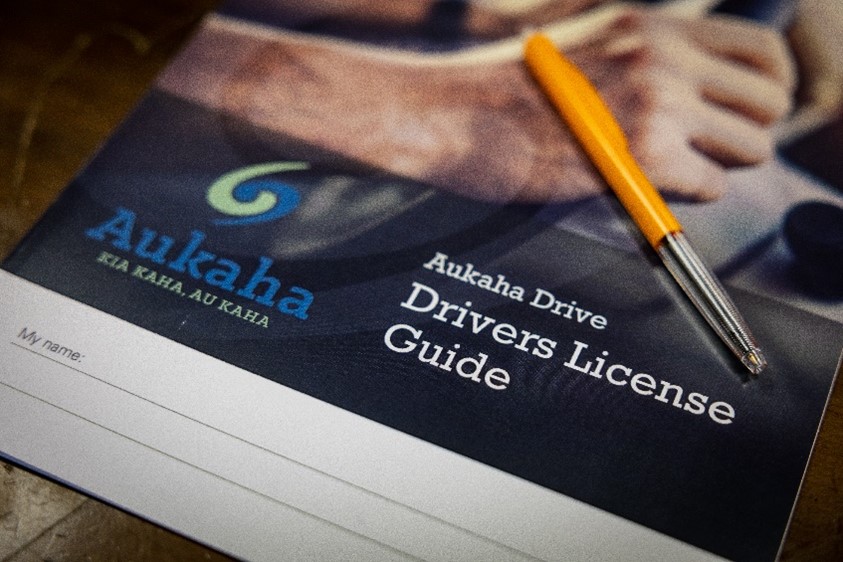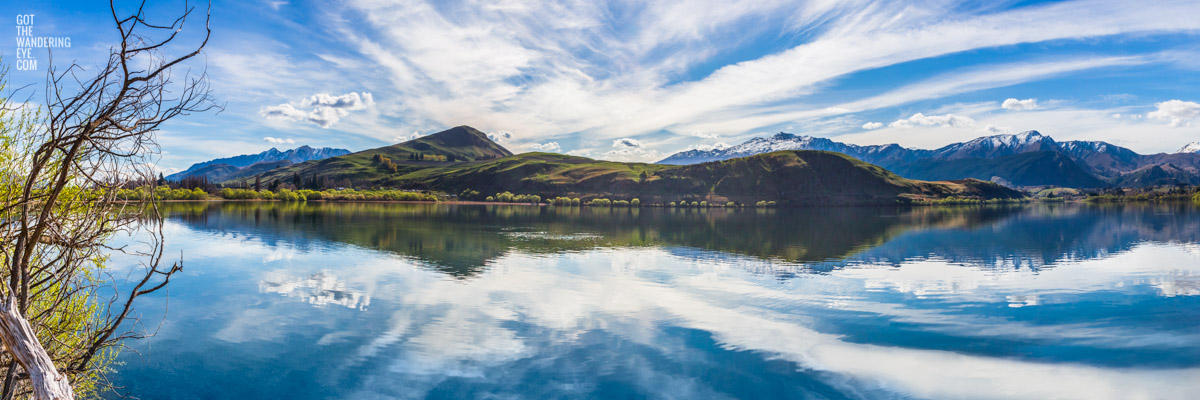Whakatuputupu
One of the flagship projects for Mana Ahurea is a partnership with Ministry of Health and Southern District Health Board, working on Whakatuputupu, the new hospital in Ōtepoti.

Mana Ahurea works with partners across Otago to ensure that mana whenua narratives are embedded into the large-scale development projects that are changing the face of the region. This includes providing art and design services, as well as incorporating elements that reflect manawhenua values into the way that buildings and spaces will be used.
First and foremost, Mana Ahurea works with local government and government agencies who are seeking input from mana whenua in their role as Treaty partners. This includes a lot of work with Otago Regional Council, Dunedin City Council, and Queenstown Lakes District Council. There is also a strong relationship with University of Otago and Mana Ahurea has supported several of their projects, as well as working closely with Ngāi Tahu Property on developments within the region.
One of the flagship projects for Mana Ahurea is a partnership with Ministry of Health and Southern District Health Board, working on Whakatuputupu, the new hospital in Ōtepoti. The narrative for Whakatupuptupu, written by Dr Michael Stevens and Megan Pōtiki, acknowledges past grievances stemming from the Crown’s failure to establish schools and hospitals for Kāi Tahu whānau as a condition of land purchases made in the 1840s.
“It speaks to the māmae around those broken promises, essentially. So the new hospital is kind of utu, in a nice way,” says Megan Pōtiki. “It can be something positive, and having that narrative in the hospital is really beautiful because the entire hospital is going to have our creation narrative and all of our atua in there, so we can see ourselves reflected in that.”
“The narrative had a big influence on facade of the hospital, and the development of that which is locational, based around Moana E Rua, which is one of the sites that it sits on – the old foreshore,” says Simon Kaan, lead designer for Mana Ahurea. “Thinking about tai pari, tai timu, the shifting of the tides, and that influencing the look and feel of the facades.”
However, it’s not just the design of the external facade – the whole building is an example of how mana whenua values can be embedded throughout the entire design process.
“Tapu was one of the values at the forefront for this project, and we’ve used it to help inform things like the mortuary, and how you navigate around that,” says Simon Kaan, art and design lead for Mana Ahurea. “And around tapu, of course you have to have the process of noa as well, so we’ve got things like wai touch points within the hospital that have been designed by Fayne Robinson, one of our master carvers.”
Mana whenua spaces throughout the hospital will be designed to resemble waka, acknowledging that the hospital will stand on a traditional waka landing site. These spaces will also offer an opportunity to influence the way the hospital operates.
“That’s where we’re really pushing the boundaries in terms of how Māori models of care are in operation in the hospital,” says general manager Caron Solomon-Ward. “We knew in the beginning that we needed space, although we didn’t necessarily know what that space was for, but throughout the process we’re working through how those spaces can actually create better health experiences and outcomes.”
Mike Barns, project director of the New Dunedin Hospital project, says that the input of Mana Ahurea has been a crucial and valued part of the design process.
“I think it is very important that as the country goes through this iteration of its cultural identity, that it continues to embrace kaupapa Māori, indigenous heritage and chronology,” he says. “As we mature as a country, that means ensuring that the local people are visible in the landscape, and without the involvement of Aukaha we would not have been able to achieve that.”

